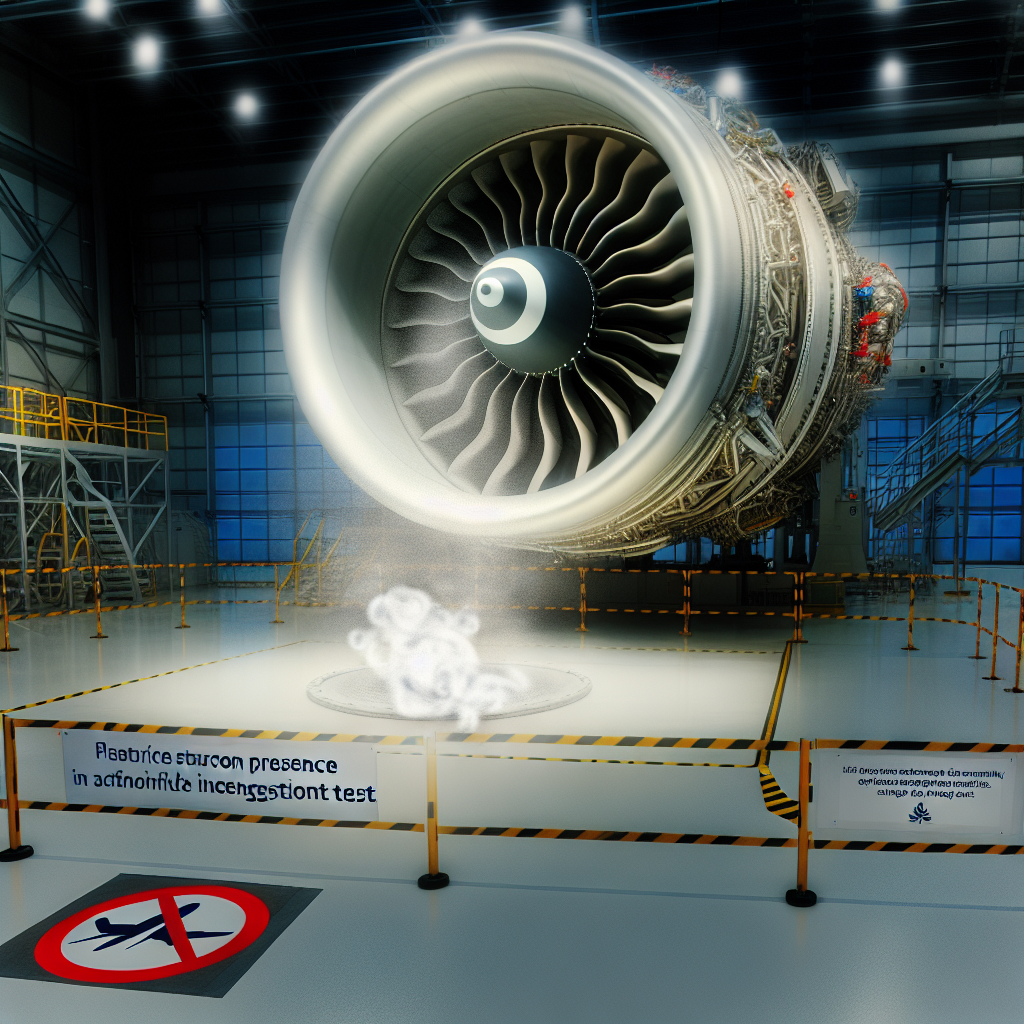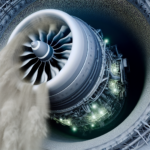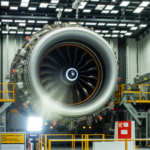BOSTON- GE Aerospace successfully conducted its initial round of GE9X dust-ingestion tests in 2022, completing 1,600 engine-run cycles without any adverse findings.
This series of tests was essential for the development of the 105,000 lb-thrust GE9X engine, which is designated to power Boeing’s long-awaited 777-9 aircraft, expected to be delivered to customers next year.

GE Engine Testing Phase
On May 28, GE announced that it is nearing the completion of the second round of GE9X dust-ingestion tests, building upon the evaluations carried out in 2022.
The GE9X is the first engine that GE has subjected to dust-ingestion testing prior to its entry into service, emphasizing the company’s commitment to enhancing durability in response to reliability challenges noted in both GE and competitive engines in recent years, as highlighted by Flight Global.
GE’s updated testing protocols aim to mitigate durability issues particularly affecting engines used in dusty and sandy areas such as the Middle East.
Recently, the company introduced durability enhancement kits for CFM Leap-1A turbofans, used in Airbus A320neo-family jets, featuring revised high-pressure turbine blades and nozzles.
Safran CEO Olivier Andries stated in 2023 that the Leap engines have experienced significant issues in severe environments, particularly in the Gulf and Indian regions.
Design Modifications
GE has also created similar improvement kits for Leap-1B engines, which power the Boeing 737 Max aircraft, and has implemented design changes to tackle durability concerns arising from dust and sand that have afflicted the GEnx and GE90 engines.
Modifications include adjustments to shrouds, nozzles, blades, and combustor linings.
Joe Vinciquerra, GE’s Senior Executive Director of Research, explained that the company initially underestimated the composition of dust particles and their interactions with advanced material systems inside engines.
Advanced Testing
GE is now replicating dust conditions in tests that simulate actual engine operation environments, allowing engineers to effectively address durability challenges.
The GE9X has undergone 27,000 simulated flight cycles and 17,000 operational hours during its development phase.
Production-conforming GE9X engines have been shipping to Boeing since last year, with plans to boost production in the latter half of this year.
Competitor Responses
GE’s rivals are also facing similar durability challenges, leading all companies to allocate more resources toward resolving these issues.
Pratt & Whitney is addressing widespread problems affecting its PW1000G geared turbofan family, while Rolls-Royce is working on durability enhancements for its Trent engine variants.
Rolls-Royce’s durability upgrades for Trent 1000 engines aim to extend the lifecycle of high-pressure turbine blades and double the maintenance intervals, whereas improvements for Trent 7000 and Trent XWB-97 engines include redesigned components and optimization of combustor performance.
Stay tuned with us for updates. Follow us on social media for the latest news.
Join our Telegram Group for the latest aviation updates, and don’t forget to follow us on Google News.
Based on an article from aviationa2z.com: https://aviationa2z.com/index.php/2025/06/10/ge9x-to-power-777x-will-undergo-dust-ingestion-test/?utm_source=rss&utm_medium=rss&utm_campaign=ge9x-to-power-777x-will-undergo-dust-ingestion-test



